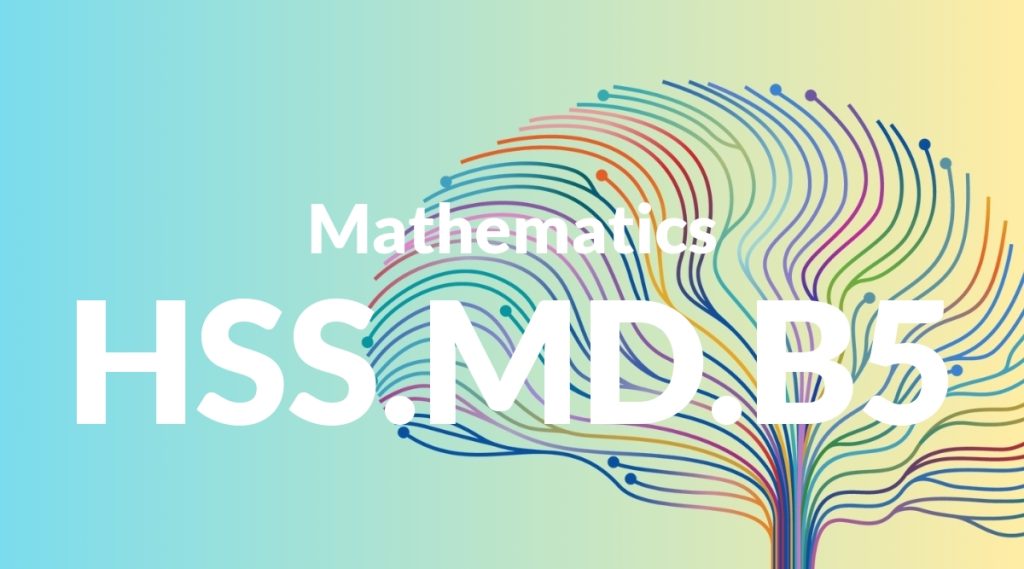Standard: HSS.MD.B5 – (+) Weigh the possible outcomes of a decision by assigning probabilities to payoff values and finding expected values.
Grade level: High School: Statistics & Probability
Subject: Mathematics
Domain: Measurement & Data
Teacher Overview
This standard focuses on helping students understand how to make informed decisions by weighing possible outcomes using probabilities and expected values. It is crucial in developing critical thinking and decision-making skills, which are applicable in various real-world situations. Before tackling this standard, students should be comfortable with basic probability concepts, such as calculating probabilities and understanding probability distributions, as well as basic algebraic calculations.
Mastering this standard will prepare students for more advanced probability concepts, including Bayesian probability, and enhance their ability to apply these skills in complex real-world situations and statistical analyses.
Common Misconception 1
A common misconception is that higher payoff values always lead to better decisions. This is incorrect because it ignores the probability of achieving those payoffs. A high payoff with a low probability might not be as beneficial as a lower payoff with a higher probability.
Intervention 1
To address this misconception, provide students with exercises that require them to calculate expected values for different scenarios, emphasizing the role of probability in decision-making.
Common Misconception 2
Another misconception is that all outcomes are equally likely. This misunderstanding can lead to incorrect calculations and poor decision-making.
Intervention 2
Use diverse examples to illustrate that probabilities can vary. Teach students how to assign and calculate different probabilities for different outcomes and practice with varied real-world scenarios.
Prerequisite Knowledge
Students should understand basic probability concepts, such as calculating simple probabilities and understanding probability distributions. They should also be familiar with basic algebra and expected value calculations.
Subsequent Knowledge
After mastering this standard, students will develop skills in more complex probability models, including Bayesian probability, and will be able to apply these concepts to more intricate real-world scenarios and statistical analyses.
Instructional Activities
- Simulate decision-making scenarios using probability and expected value calculations.
- Analyze case studies from finance, sports, and medicine to apply these concepts.
- Create projects where students design their own decision-making models using probabilities.
- Engage in class debates on different decision-making strategies based on calculated expected values.




